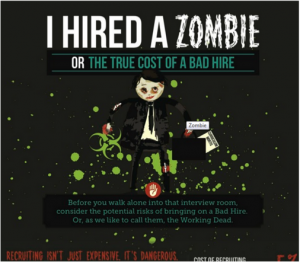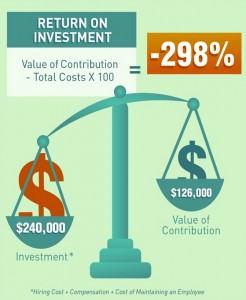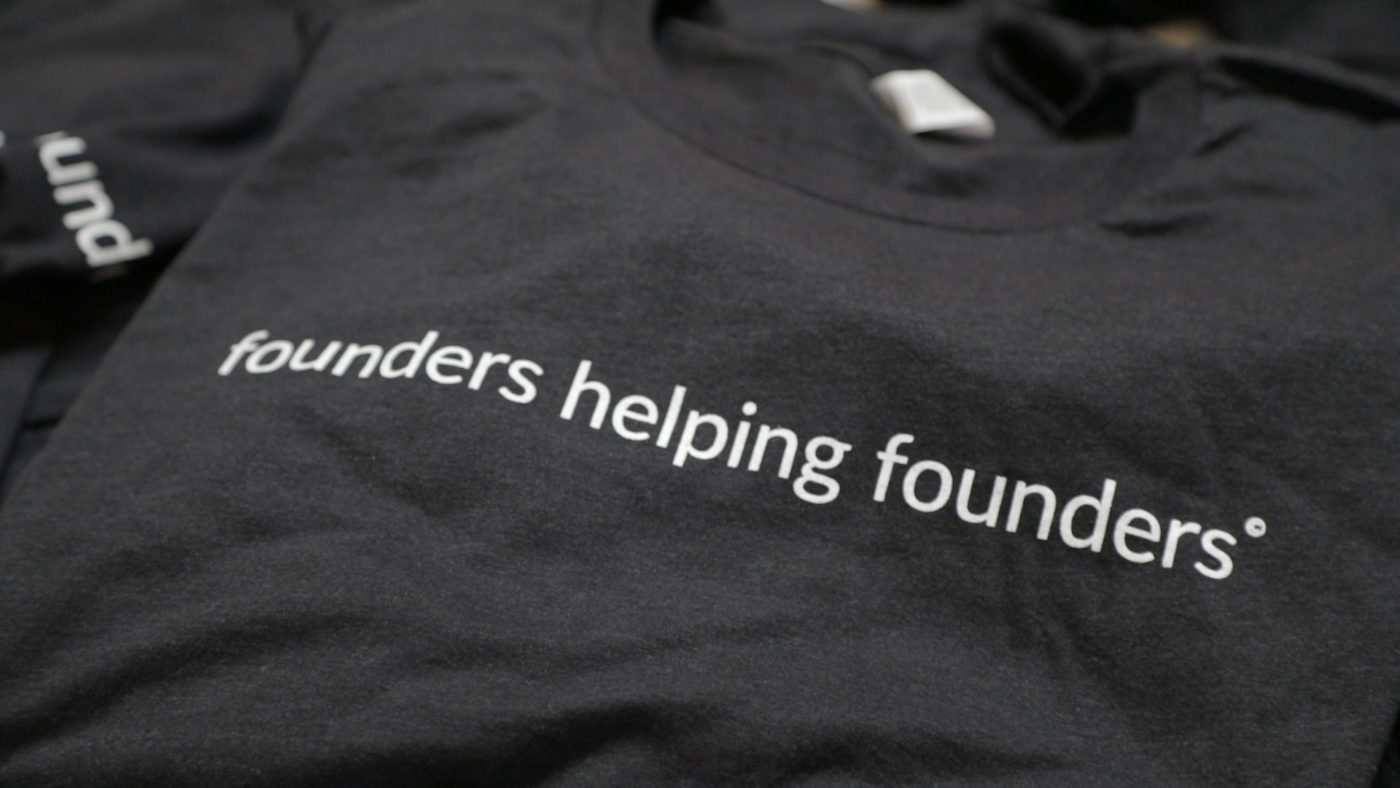The following is a guest post provided by Adam Spector, CEO and Co-Founder of Virtue. Virtrue is the way for anyone to control their online identity, thereby helping to manage the way you are viewed online and offline. This post, originally posted on the Virtue blog, discusses the cost of a bad hire and tactics to avoid it.
Last blog post we addressed why ‘bad’ employees happen to good companies here. Realizing that most employees are not necessarily outright ‘bad’ (except for those dreaded liars), there are instances in which a new hire can be ‘bad’ for your company or organization.
In these cases, a ‘bad’ employee hire, or misfire hire, needs to be fired.
So here is what you are facing in this scenario.
Because humans are unique with their individual emotions, personalities and opinions, it does matter how your new hire ‘fits’ into an organization. Aside from academic credentials and stated experience, employers must take into account the dynamics of a team and the effect that adding one new team member will have on the environment, synergy and productivity of not just the immediate team, but of the entire department and company. Call this the butterfly effect!
The implications that one ‘misfit’ employee hire can have on an organization can be dire. In the best of cases, the cost of a misfit employee—whether fired or resigned—can be calculated from strictly a financial sense. But, this is a pretty improbable scenario as innumerable soft costs need to be considered as well. The saying, “One bad apple spoils the bunch,” comes to mind.
So what exactly are the costs?
Well, it’s hard to calculate exactly and depends on any number of factors, but some of the estimated numbers range from $25,000 to $2.5 million and up!
Try this easy ‘bad hire calculator’ by HR World to build your own cost estimate >>
Or turn to some companies, as outlined below, who have done their own research.
This creative “I Hired a Zombie” article provides some interesting graphics to accompany their explanation for how it can cost upwards of $50,000 to hire what they call the “Working Dead”. According to staffing firm, Vitamin T:
- 41% of companies estimate that a bad hire costs more than $25,000
- 25% of companies estimate that a bad hire costs more than $50,000
 Meanwhile, this infographic calculates the total damages to be $840,000 per employee, based on a second-level manager who earns $62,000/year and has been terminated after 2.5 years. The infographic considers hiring costs, total compensation, cost of maintaining an employee, disruption costs, severance, mistakes, failures and missed business opportunities in their calculation. Plus, it address the issue of ‘return on investment’ or lack there-of for a misfired hire: value of contribution – total costs x 100 = return on investment.
Meanwhile, this infographic calculates the total damages to be $840,000 per employee, based on a second-level manager who earns $62,000/year and has been terminated after 2.5 years. The infographic considers hiring costs, total compensation, cost of maintaining an employee, disruption costs, severance, mistakes, failures and missed business opportunities in their calculation. Plus, it address the issue of ‘return on investment’ or lack there-of for a misfired hire: value of contribution – total costs x 100 = return on investment.
So, what exactly are the basic factors to consider when hiring the ideal employee?
This article highlights a pretty comprehensive list of considerations (outlined below):
Basic Activities/Costs Related to Recruiting and Hiring
- Outlining the specifications for the position (job description, compensation package, etc.)
- Writing and placing the ad
- Handling phone calls
- Receiving and organizing resumes
- Reviewing resumes
- Arranging interviews (how many first interviews would need to be scheduled and how much time would it take to coordinate schedules and possible re-schedules?)
- Conducting first interviews
- Developing a short list of candidate for second interviews
- Additional testing of short list candidates
- Arranging second interviews
- Conducting second interviews
- Performing reference checks
- Extending an offer
- Sending rejection letters
- Other specific hiring and assessment related activities
Determining the costs related to the previous activities depends on several assumptions:
- You get a good response to your first advertisement.
- The first candidate offered the job accepts and starts.
- The hired candidate works out for the long-term.
If any of these assumptions fails to hold true then the costs can go up substantially.
Now consider the costs related to bad hires:
- HR time and other recruiting / interviewing costs (see above)
- Salary and benefits covering the period of time the poor performing individual was employed
- Training / Orientation Costs
- Productivity Losses
- Lost customers / market share
Other related expenses:
- Negative effect on co-workers’ morale and productivity (difficult to measure but can be very significant)
- Unemployment compensation, legal fees, severance pay
- Additional recruitment and training fees which must be repeated with a new hire
Though many of the articles related to avoiding misfit hires hints that using an outside agency is the path to a more successful hire, this is not always the case. You still can effectively hire qualified candidates using an in-house team and vet the process using both your HR team and the opinions of your immediate team, supported with a sophisticated and easy-to-use software like those offered through Virtrue.
Ultimately, be diligent in your employee search, consider things beyond just related experience and credentials and when you find the right employee, value them with competitive compensation and benefits and a positive work environment. They won’t be so quick to leave, and you won’t be left with a hole in your heart, wallet and organization.
Want to learn more about @VirtrueUs? connect with Adam on Twitter @adamspector2







